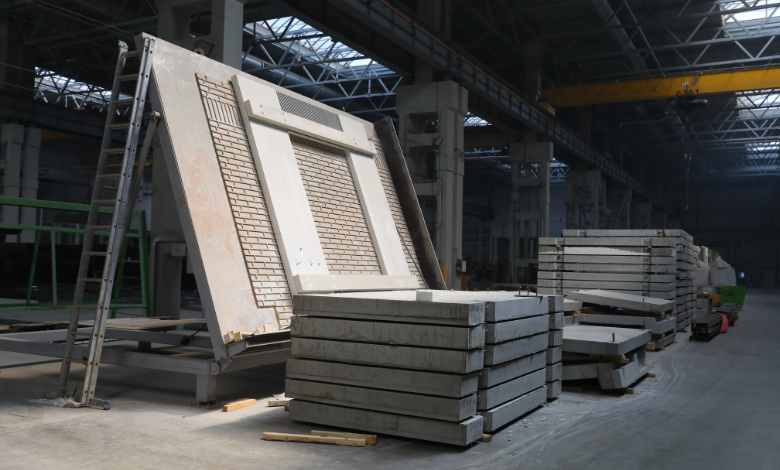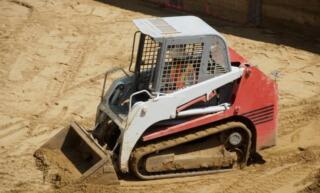
The Different Steps of Concrete Production
Concrete is a versatile and essential construction material. It can become a part of everything from residential buildings to roads and bridges. But have you ever wondered how people make this essential material? In this blog post, we’ll explore the different steps of concrete production, delving into the fascinating world of cement, water, and aggregates. With a better understanding of this process, you’ll appreciate the vital role of concrete in our world even more.
Step 1: Mining and Processing of Raw Materials
The first stage in the concrete production process involves the mining and processing of raw materials like limestone, clay, and iron ore. Manufacturers crush, mix, and heat them at high temperatures in a kiln to form a product called clinker. They then blend clinker with gypsum, leading to the creation of cement—the essential ingredient of concrete.
Step 2: Preparing Aggregate Materials
Aggregate materials make up the bulk of concrete (typically around 60 to 80 percent of its composition). Aggregates include crushed stone, gravel, and sand, which provide stability and strength to the final mix. The choice of aggregate material depends on the desired strength and appearance of the final product. It’s essential to wash and prepare the materials properly to ensure the optimal blend, removing any impurities like soil and organic matter.
Step 3: Mixing the Components
Once the cement and aggregates are ready, it’s time for the different steps of concrete production to come together. The cement, aggregates, and water thoroughly blend in a concrete mixing machine in a process known as batching. The process of batching involves combining the exact proportions of each of these components to ensure consistent and optimal results.
During this stage, you can add various chemical admixtures to modify the properties of the final concrete, such as improving its workability or increasing its resistance to freezing and thawing. For example, aromatic sulfonic acids greatly aid in concrete production. These additives help tailor concrete to specific project requirements, ensuring the best possible performance.
Step 4: Transporting and Placing the Concrete
Once mixed, the concrete must go to the construction site as quickly as possible to maintain its freshness and workability. This is typically possible using concrete mixer trucks or concrete pumps. These ensure a constant supply of fresh concrete on site.
Upon arriving at the construction site, workers place, compact, and level the concrete precisely to form the desired shape of the final product. This can occur through various techniques like pouring, pumping, or even spraying the concrete, depending on the project’s requirements.
Step 5: Curing the Concrete
Finally, the concrete requires time to cure. This is a crucial stage that allows hydration (the reaction between cement and water) to take place, giving the material its strength and durability. The curing process typically lasts between 7 and 28 days, requiring proper monitoring of temperature and humidity to ensure ideal conditions.
During the curing process, it’s crucial to prevent the concrete from drying out too rapidly, which can lead to cracking and decreased strength. People achieve this by using water or specialized curing compounds to maintain surface moisture, allowing the concrete to reach its optimal strength and durability over time.




